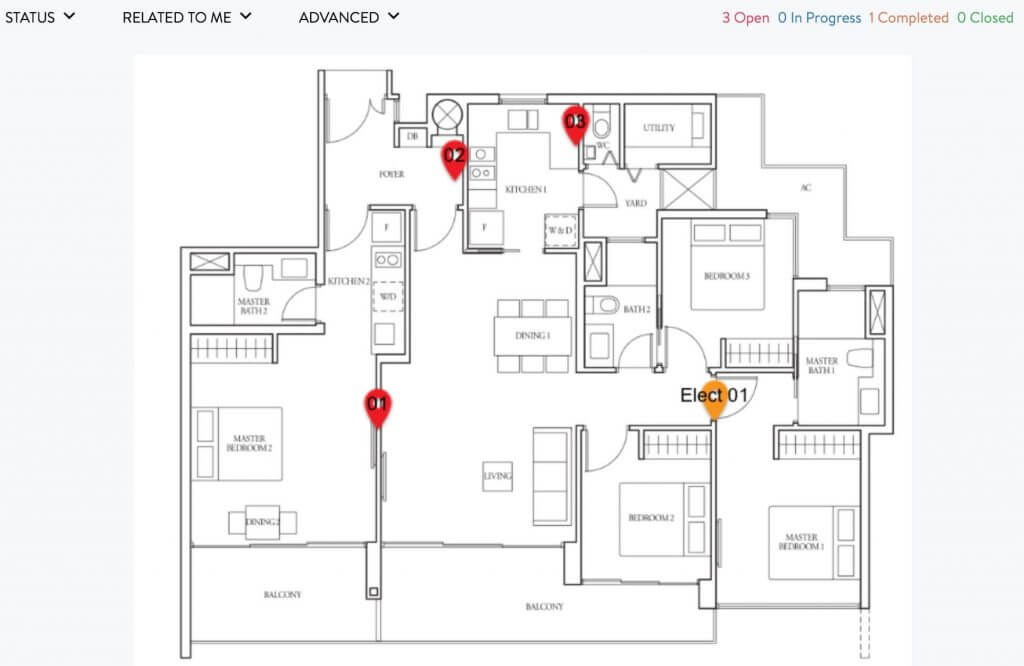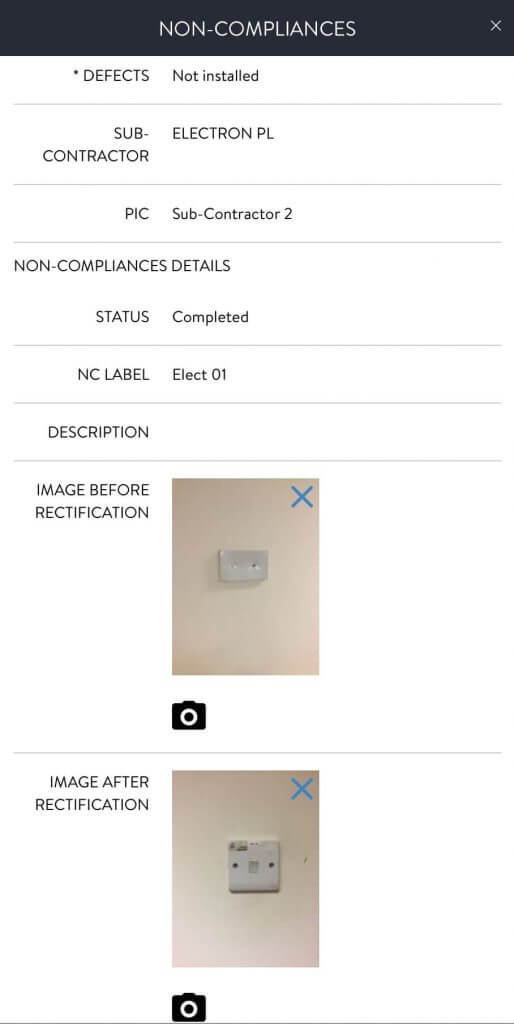AUDIANCE: Towards Adaptive Applications
There is not a single aspect of the human experience that has not been touched by technology. Everything from industry, to construction and transportation, to how we work has been fundamentally reshaped by the technologies which emerged in the second half of the 20th century. In this section, we discuss the ease of conducting Audit Compliance checks using digitally empowered devices during site inspections, and how this virtual information can benefit users in the value chain.
Mobile phones and tablets have become indispensable in our daily lives where we previously only communicate through text messages. We now have our entire social networks living in the cloud with constantly changing status and content – from news, emails, to online retailing, and messaging applications that define ourselves.
The proliferation of mobile applications can be defined under two broad categories. It allows users to either consume or to create content. These applications can be standalone or reside on a service platform for users to do both where content can be shared to a wider audience.
Rise of Mobile Application
The beginning of the new millennium saw a rapid surge of mobile content and applications. Mobile@HDB – a mobile application developed by Housing Development Board, cleverly captures information pertaining to the resale flat prices, market rental rates, and car park information. All this is done at fingertip convenience.
Closer to heart, “OneService” is a Smart Nation initiative by the Ministry of National Development – providing a convenient channel for reporting municipal issues within Singapore. Public users may submit feedback such as cleanliness of their housing estate, and report defects & maintenance issues of the common areas they live in – all these will be efficiently attended to.
Mobile applications like these not only enhance user experience, but also increases operational productivity by capitalising on user generated feedback – to drive efficiency in addressing complaints, and thus responsiveness in attending to them.
Various applications for the construction industry have been developed, and they are mostly geared towards developers, contractors and consultants. These are enterprise grade applications that provide users anything – from document management, to whole project management suite that spans the entire spectrum of a construction life cycle.
AUDIANCE– An Adaptive Audit Compliance Application
While there are various applications built for large scale projects, there are a few that focus on the user and how they would like to use them.
Here is where AUDIANCE, an Audit Compliance (how the name was coined) application developed by Surbana Jurong, is designed to provide; it allows users to create their own forms in a standardised work flow format to monitor and analyse data captured.
AUDIANCE capitalizes the use of any tablet (iOS or Android) as a data acquisition device to capture and record audit details and synchronises the information back to the cloud.
Users can access the information captured and act upon them either through the tablet or a web interface to manage the audits made.
While AUDIANCE is suited for the construction industry, it can easily be adapted to any other industry, based on how a user defines the data that needs to be captured.
How AUDIANCE Works
Inspections are essentially audit compliance checks, and AUDIANCE simplifies the process by providing a platform to customise audit inspections based on the user’s requirements. Imagine how life-changing it is to have the ability to create customised forms on a tablet, as opposed to manually writing on hard copies, printing, and distributing them to various other parties for follow-up and closure. A lot of man-hours is saved from this single exercise.
There is a gamut of administrative tools available in AUDIANCE to facilitate the management of all users.
- It allows auditors to upload drawings as a reference plan to pinpoint (indicated by coloured pins, as seen in Diagram 1) an audit location. And each audit location can be further described with photos, comments and even status updates to indicate “non-conformance” or NC;
- It allows the uploading of multiple layout plans, and the overlay of details for each inspection point;
- Audit details can also be assigned to respective users, auditors or auditees – for the purpose of addressing audit comments and access details of each NC indicated, and take corrective action to close the NC observed.

Depending on the level of data captured, AUDIANCE can be used in the following manner:
Monitor performance of audit closure. All parties involved in the project – from architects, to building contractors, site supervisors and business owners can have seamless access to the status of NC closures after rectification works are done (please refer to diagram 2).
Assess quality of work across all levels of the value chain. Dashboards allow developers, contractors and consultants to determine the number of NC generated from each contractor. Data can be drilled further for a granular assessment of performance and quality of work.
View live status of open, in-progress and closed audits. Changes and amendments can be made on or off-line and when there is internet connection, info-synching is available to everyone in the project.
Provide analytics on any performance indicators. The backend web interface allows customised analytics to be performed based on pre-defined performance indicators.

Adaptation – Therein Lies Its Beauty
AUDIANCE works wonderfully as a quick deployment application – helping architects, engineers, building contractors and owners to view, monitor rectification works, and update progress on floor plans, based on real time capture. Once synced to the cloud, instantaneous changes are made on multiple devices with the latest updated information.
The beauty of AUDIANCE lies in its adaptability for users to define their own audit details in their respective work areas. Potential usage can include hand-over inspections, ISO audits, safety audits, conventions & exhibition contractors, etc, and is not limited to the construction industry.
With digitisation, AUDIANCE not only helps save the environment and increases productivity, it also tangibly improves the quality of work through analytics of the data captured.
The Future of AUDIANCE
Many captains of technology are predicting that in ten years’ time, half the jobs known today will be replaced with the advancements in automation. Without a doubt, the ever-advancing march of technologies like robots, digital services, self-help kiosk and AI will continue to reshape the world economy.
Likewise, applications will have to evolve and reshape itself to suit the current needs. There are plans for AUDIANCE to widen and deepen its capabilities without sacrificing the simplicity in using them. Further enhancements will also come from user generated feedback which will be incorporated in future versions.
An application such as AUDIANCE may not be an industry’s first but the flexibility and adaptability of the application places it in a unique proposition amongst similar applications. It is said that the only known constant is change, and so there is an impending need to embrace these technology changes, in order for organisations to function in a more robust and forward thinking manner.
This article is co-created by Surbana Jurong Academy.
Perspectives, developed by SJ Academy, is our platform to explore new ways of tackling some of today’s most complex challenges. We draw on ideas and opinions from our staff associates and experts across different businesses. Click here to read more about Technology & Innovation, Infrastructure & Connectivity, and Design Leadership.



 Download Article
Download Article